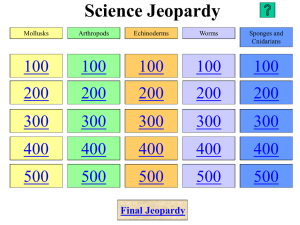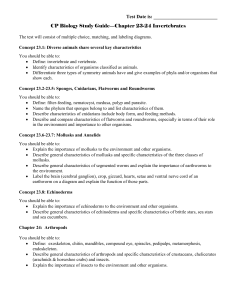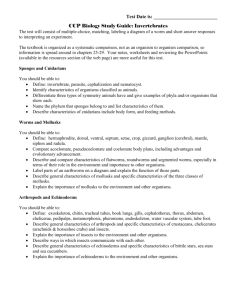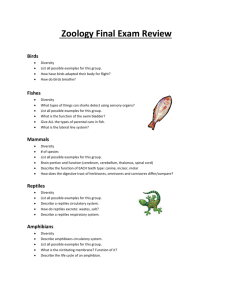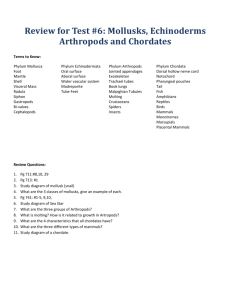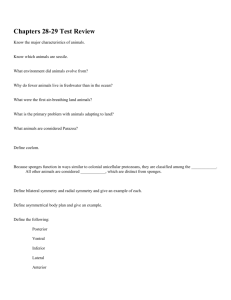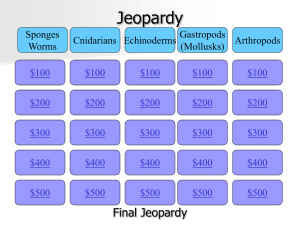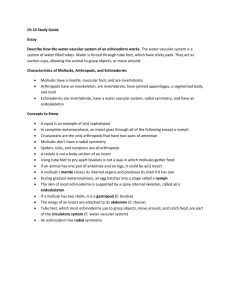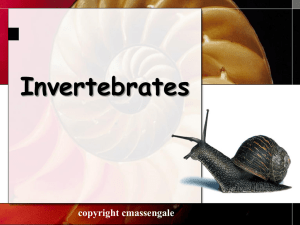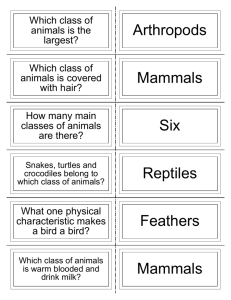L2 Biology Final Exam Study Guide
advertisement
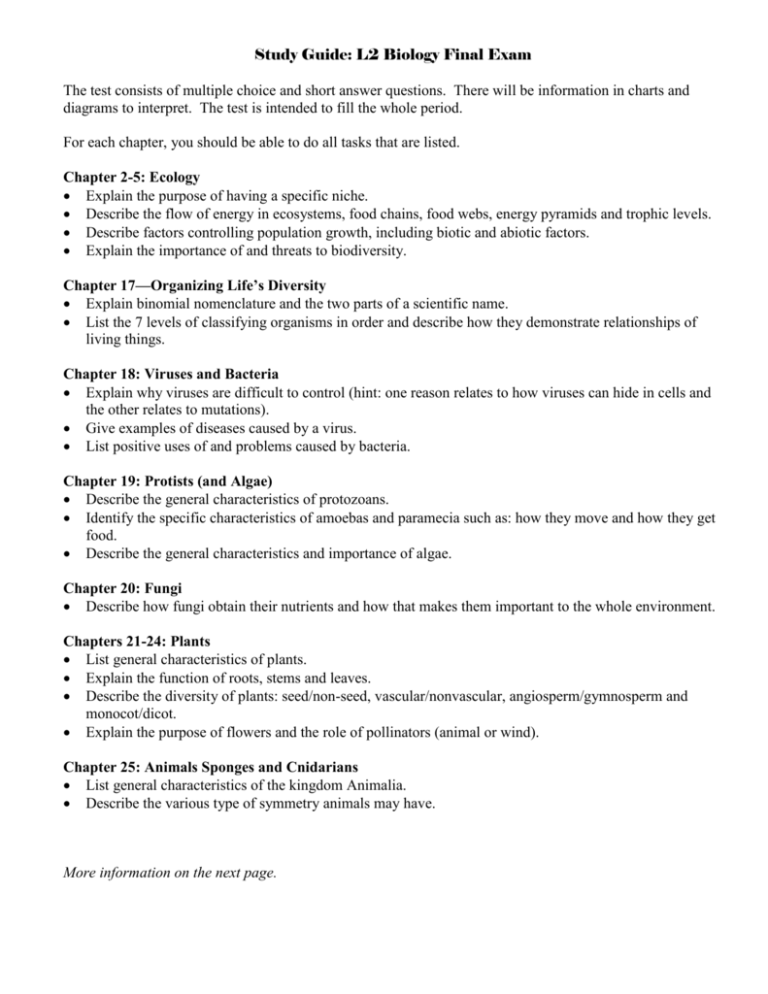
Study Guide: L2 Biology Final Exam The test consists of multiple choice and short answer questions. There will be information in charts and diagrams to interpret. The test is intended to fill the whole period. For each chapter, you should be able to do all tasks that are listed. Chapter 2-5: Ecology Explain the purpose of having a specific niche. Describe the flow of energy in ecosystems, food chains, food webs, energy pyramids and trophic levels. Describe factors controlling population growth, including biotic and abiotic factors. Explain the importance of and threats to biodiversity. Chapter 17—Organizing Life’s Diversity Explain binomial nomenclature and the two parts of a scientific name. List the 7 levels of classifying organisms in order and describe how they demonstrate relationships of living things. Chapter 18: Viruses and Bacteria Explain why viruses are difficult to control (hint: one reason relates to how viruses can hide in cells and the other relates to mutations). Give examples of diseases caused by a virus. List positive uses of and problems caused by bacteria. Chapter 19: Protists (and Algae) Describe the general characteristics of protozoans. Identify the specific characteristics of amoebas and paramecia such as: how they move and how they get food. Describe the general characteristics and importance of algae. Chapter 20: Fungi Describe how fungi obtain their nutrients and how that makes them important to the whole environment. Chapters 21-24: Plants List general characteristics of plants. Explain the function of roots, stems and leaves. Describe the diversity of plants: seed/non-seed, vascular/nonvascular, angiosperm/gymnosperm and monocot/dicot. Explain the purpose of flowers and the role of pollinators (animal or wind). Chapter 25: Animals Sponges and Cnidarians List general characteristics of the kingdom Animalia. Describe the various type of symmetry animals may have. More information on the next page. Chapter 26: Lower Invertebrates List the general characteristics of sponges and cnidarians, flatworms and roundworms. Chapter 27: Mollusks and segmented worms List general characteristics of mollusks. List the specific characteristics of gastropods, bivalves and cephalopods. Describe the characteristics of segmented worms, especially earthworms and their importance to world. Chapter 28: Arthropods List general characteristics of arthropods. List the specific characteristics of arachnids, crustaceans and insects. Chapter 29: Echinoderms List general characteristics of echinoderms Describe the specific characteristics of sea stars. Chapter 30: Fishes and Amphibians List the general characteristics of fish. Compare the three main groups of fish. Describe the general characteristics of amphibians, including metamorphosis. Chapter 31: Reptiles and Birds Describe general characteristics of reptiles, including reproductive strategy. Describe and list advantages of the general characteristics of birds. Chapter 32: Mammals Describe general characteristics of mammals, especially characteristics unique to mammals. Compare specific characteristics of the three main groups of mammals. Chapter 34-37: Human Anatomy and Physiology Describe the structure and function of the nervous system, including the main parts of the brain. Describe the structure and function of skin. Identify the names of major bones and describe the structure and function of bones and joints. Describe the structure and function of the digestive system (including comparing chemical and mechanical digestion). Identify the parts and function of the respiratory system. Identify the parts and function of the circulatory system, including the heart and blood. Vocabulary Review for L3 Biology Final Exam abiotic (factors) antibiotic artery atrium (atria) autotroph bilateral symmetry biodiversity binomial nomenclature biomagnification biotic (factors) bryophyte capillaries carnivore carrying capacity cerebellum cerebrum chlorophyll cilia consumer decomposer dicot (dicotyledon) ecosystem endoskeleton environment epiglottis exoskeleton fungus herbivore invertebrate large intestine (colon) leaf lysogenic cycle lytic cycle medulla oblongata molting monocot (monocotyledon) neurotransmitter niche parasite peristalsis phloem producer root small intestine stomach stem stomata vascular plants ventricle xylem
